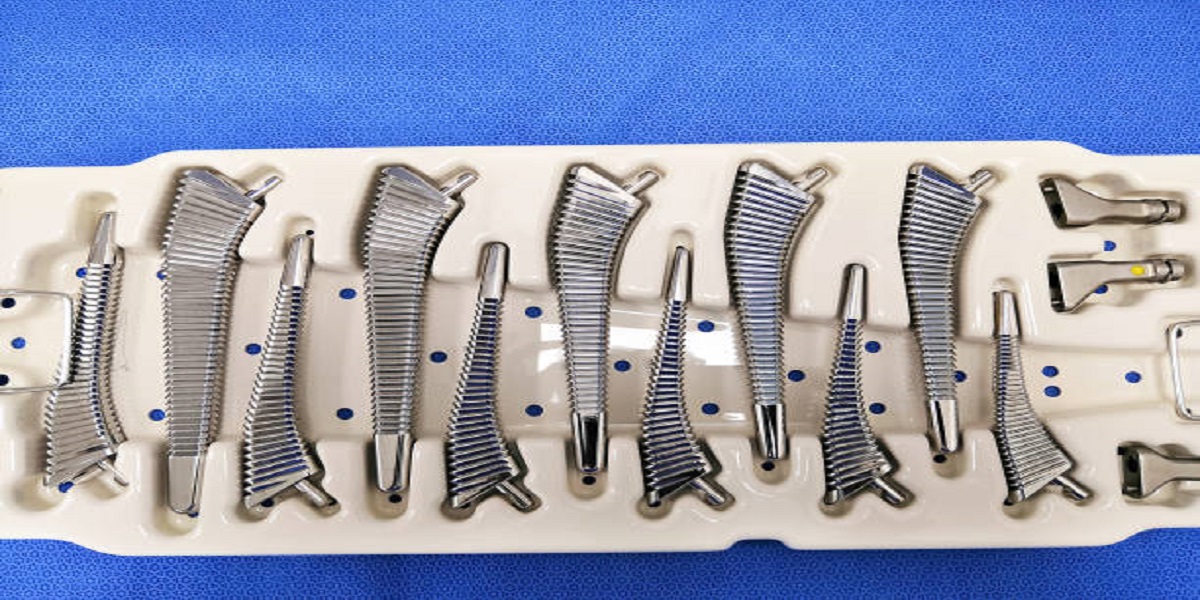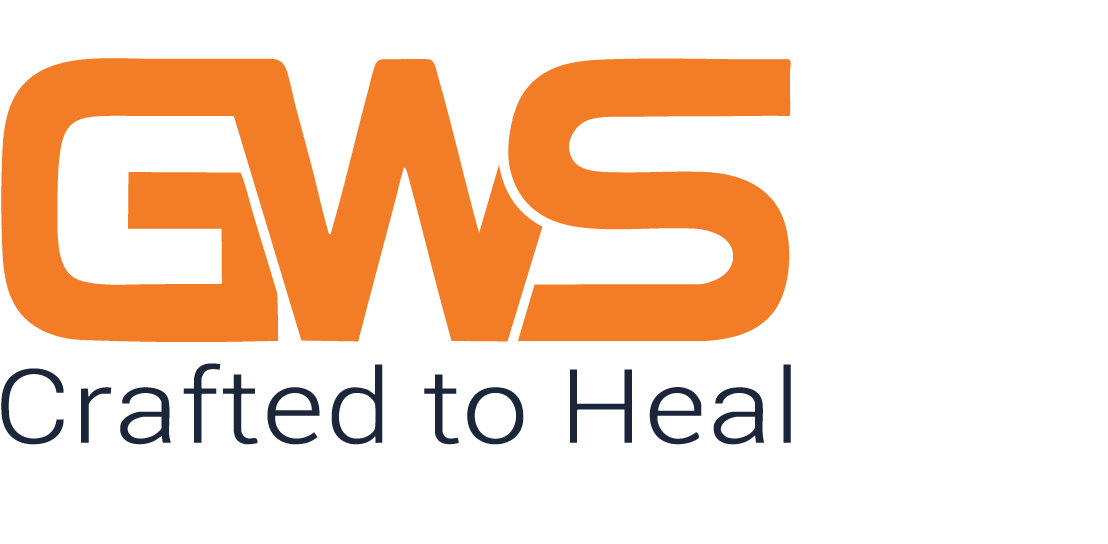
Orthopedic Implants: Metal Types, Varieties and Usabilities
What are Orthopedic Implants?
Orthopedic Implants belong to one of the most important medical device categories, and implant manufacturers hold enormous standing in the large production line. These are the imperative tools and devices that are used in treating broken bones, missing joints, bone deformation, and injuries due to severe accidents, the decay of bone, and other bone-related concerns. More precisely speaking, an orthopedic implant is restorative medical equipment fabricated to replace an absent joint or bone or to support a cracked bone.
Since these medical tools and devices are playing an invaluable role in the fixation process, the selection of the implant material is very matter of great consideration as the material impacts tissue receptivity, stiffness, biocompatibility, and corrosion. This implant is specially manufactured using stainless steel and titanium metals for persistence, and it has a polymerized coating that serves as artificial cartilage. GWS Orthopedic Implant Company requires special attention to the substance material while manufacturing these implants as their exterior morphology impacts its resistance within the bone or around the cement mantle.
General Information on Important Metal Types
While talking about the material quality of orthopedic implants, the ideal material must have high fatigue resistance, good wear resistance, low elastic modulus, and great strength. The important characteristic of an ideal material should be chemically inert, completely corrosion-proof, and entirely biocompatible. Although ceramics and polymers are also used as conventional materials for manufacturing orthopedic implants, prominent manufacturers mainly prefer metal-type substances. They are-
Stainless steel orthopedic implants: Surgical-grade stainless steel is usually used for making non-permanent implants like internal fixation devices. Due to lower fatigue strength, stainless steel may not withstand plastic deformation.
Titanium orthopedic implants: Immaculate commercial titanium and titanium alloys are extremely biocompatible and more corrosion resistant. It has titanium oxide on the surface, which makes it penetrable instead of breakable. Abrasion of this layer often causes particle discharge into the neighboring tissues. But since the metal is biocompatible, the released particles suitably respond with tissue, ensuring long-term aseptic unfastening of the implant. The titanium is normally used for the manufacturing of permanent implants.
Another metal variety of Orthopedic Implants is cobalt-based alloys that were used as a permanent metal alternative before Titanium came into practice. This metal is also corrosion resistant and its surface has a layer of chromium oxide, which makes it very durable. The only drawback is ion release in vivo, and this may cause cancer in the living tissue. This is the main reason why titanium replaced its use and became the ideal metal for permanent trauma implants.
Different Categories of Orthopedic Implants and Their Usability
For patients, going through an orthopedic implant surgery is nothing less than a thrilling experience. It contributes the highest-grade operational result for inmates looking to overcome joint aches and reclaim mobility. There are principally three varieties of orthopedic implants-
Screws: Screws can be both horizontal and Phillips's head. They are utilized to bind up broken areas, like a split labrum or rotator cuff. They are also practiced to restore fractured bone or revive resistance in a vulnerable area.
Plates: Orthopedic trauma implant plates come in 5 primary types-
Buttress plates (used to sustain bone breakages, especially at the end of lengthy bones, particularly at the joint knee and ankle), Neutralization plates (a kind of plates that serve to ford the fractured zone, adjusting the pressure so that screws can tighten and sustain the area), Bridging plates (used to secure the area while fitting height and order), Tension plates (wires applied to tighten an area as it recovers) and Compression plates (alloy plates utilized to restore a bone by exerting forceful pressure between bone parts to encourage healing)
Prostheses: Orthopedists implement a variety of orthopedic prosthetic implants to reconstruct missing joints or bones or to provide support to a weakened or cracked bone.
Some of the Most Important Examples of Orthopedic Implants
- ACL-PCL Implants:
These Implants are generally used during arthroscopic surgical procedures. Some of the important implants under this category are- ACL Screw Cannulated (Interference Screw), ACL(Endo) Button, Anchor Screw, Eight Plate, Endobutton with Loop, Fixation Screw, Low Profile Cancellous Screw, Spiked Ligament Staple, Spiked Ligament Washer, Suture Washer D-Hole, Suture Washer Round Hole and Wedge Osteotomy Plate.
- Cannulated Cancellous Screw:
The characterized shape of Cannulated screws has a round center shaft and the cancellous screws are utilized for metaphyseal breakages. The principal benefit of cannulated screws is that they can be implanted above a guidewire or lead pin. The width of the lead pin is more diminutive than the cannulated screw so it can certainly be interpolated with the help of fluoroscopy in the surgery room. Since the pin has a smaller diameter, it is eligible for reinsertion several times to secure proper placement without extreme injury to the bone. One exceptional variety of cannulated cancellous screws is the Knowles pin which is practiced for the fixation of slipped capital femoral epiphysis in kids.
- External Fixation Device:
When it comes to fixing fractured bones, external fixation devices play a significant role. This fixation device supports the fractured bone to stay aligned. The device can be fitted externally to hold the bone in an optimal state throughout the restoration process. This equipment is usually applied to kids and when the skin over the wound gets infected. Double double-adjustable clamp is an important type of External Fixator.
- Hip Prosthesis:
Hip Prosthesis is used during Hip replacement surgery, where a surgeon operates and replaces a diseased hip joint with osteoarthritis and replaces it with a prosthetic joint like Austin Moore Narrow Stem. It is normally performed when all other therapy choices fail to give sufficient pain relief. The implantation of Hip Prosthesis relieves a disturbing hip joint and lets one walk effortlessly.
- Intramedullary Nail:
The intramedullary nail is used to mend a fractured bone and keep it still and stable. The nail surgery is mostly performed on the bones of the upper arm, shin, hip and thigh. During this particular bone operation, a permanent nail or rod is installed into the middle of the bone so that the patient can put weight on the bone while walking or making movements.
- Large Fragment:
Large Fragments are important orthopedic implants that are used to treat bicortical fixation in diaphyseal bone using condensation plating with standard cortex pins. The 4.5mm Cobra Head Plate is a significant model of this type of fragment and it has a conical head that helps in the alignment of the locking bolt in the stringed base space to give an implanted bond between the nail and the plate.
- Locking Plates:
These special surgical tools are employed to support fractures. They differ from conventional plates in terms of pinhead bars. This plate offers a composite section or framed-edge device. Conventional plates are tightened on the underlying bone by the weight-stamped fitting regular screws. Locking plates serve as fixed-angle support to keep alignment while presenting enhanced balance. This type of erection further avoids the dependent wreck of comminuted metaphysical displacements. Some important variants are- Variable Angled (Double Column), Locking Buttress Plate, Dorsal L-Oblique Plate, Radius Dorsal Plate, Radius Dorsal T-Plate, Clavicle Superior Anterior Distal Locking Plate Left & Right, Reconstruction Plate, Distal Femur Plate, etc.
- Maxillofacial Implants:
These implants play a vital role in overall recovery by repairing physical and emotional well-being in sufferers with abstaining or damaged facial structures due to intrinsic deformities, injury, or disorder. These surgical tools and devices are used in the diagnosis and treatment of an all-inclusive variety of disorders concerning the facial complex and skeleton, including the facial bones and teeth. Chin Plate is one of the important maxillofacial implants that are designed for the treatment of Mandible Reconstruction, Intermaxillary Fixation, oral and maxillofacial surgery, Mandible Trauma, Orthognathic Surgery, etc.
- Radial Implants:
Radial Implants are generally practiced in the surgery of spiral head wounds or sequela. The most common cases that require the application of these implants are- Failure to replace exact anatomy, critical elbow traumatic weakness, collapse of osteosynthesis hardware, etc. A few examples of this type of implant are a locking Proximal Radius Plate for Radial Head Rim, Titanium Radial Head Prosthesis, etc. The Instrument Set for Radial Head Prosthesis is also available and the set includes- Impactor for Radial Head, Straight AWL (3.0mm, 4.0mm, 5.0mm), Radial Neck Planner, Slotted Hammer, Radial Head Measuring Gauge, 7 Rasp (for 5mm/ 16mm/ 17mm/ 18mm/ 19mm/ 20mm/ 21mm/ 22mm/ 23mm), and 9 pieces of Trial head (15mm/ 16mm/ 17mm/ 18mm/ 19mm/ 20mm/ 21mm/ 22mm/ 23mm).
- Small Fragment and Mini Fragment:
Small Fragments are vertical plates with round or elliptical slots that are designed for little bone fixation on both sides of the fracture. Some of the special models of this implant are the small Dynamic Compression Plate, Cervical Spine H Plate, One Third Tubular Plate, and Y Reconstruction Plate. On the other hand, Mini Fragment Implants are intended for treating humble bones like fingers, wrist, and bow and ankle bones. This Fragment System is used for the fixation of bone ruptures, Osteotomy, re-plantations, and merging of tiny bones and humble bone pieces.
- Spinal Implants:
This particular range of implants is used during a surgical operation to treat deformation, support and strengthen the spine, and improve fusion. Spinal implants play a significant role in treating many forms of back injury and disfigurement. Its principal purpose is to weld two vertebrae together and reinstate the implanted plate material. The medical concerns treated with the help of these implants are spondylolisthesis, scoliosis, degenerative disc disease, kyphosis, and fracture.
- Orthopedic Sets:
To fix the implants properly, surgeons need special tools and devices. Orthopedic sets are a collection of those essential tools and devices that are needed for orthopedic surgical operations. GWS LLP Surgicals, India's best implant manufacturers and suppliers, has an all-inclusive stock of these sets and some of the best varieties are- ACL-PCL Instrument Set, DHS-DCS Instrument Set, Femur Interlocking Nail Implant Set, Tibia Interlocking Nail Implant Set, Spinal Implant & Instrument Set, Mini Fragment Implant & Instrument Set, PFN-II Implant Set, Laminectomy Instrument Set and Locking Large Fragment Implant & Instrument Set.
Leave a Comment
© Copyright © 2024 gwsmed.com | GWS Surgicals LLP. All rights reserved.
| |




Comment (0)
No Comments Yet. Be the first one.